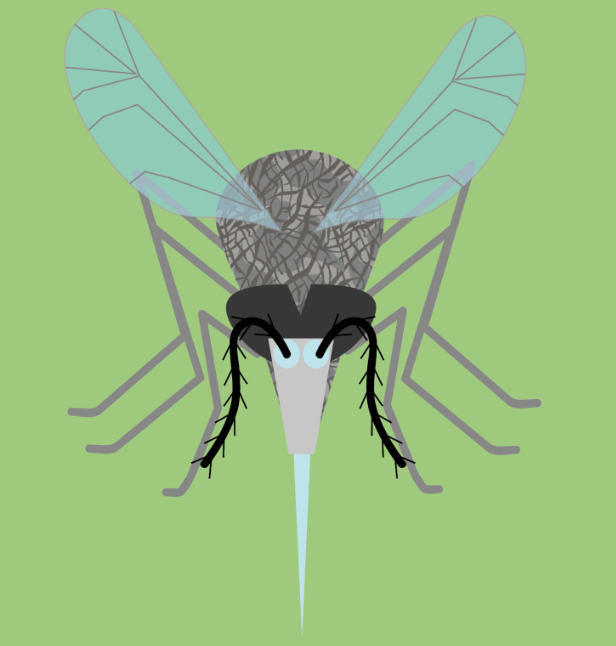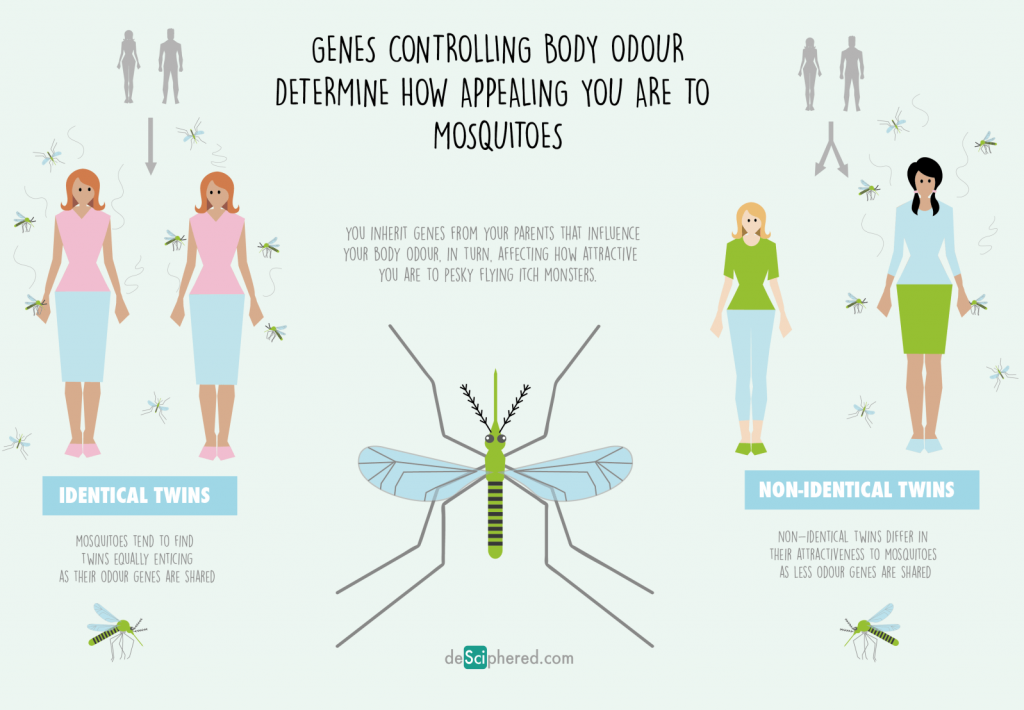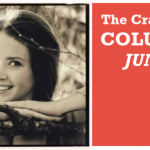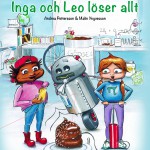deSciphered – science for visual learners
Making science more accessible by summarising research with simple graphics—that is the idea of deSciphered, a project initiated by the Cambridge student George Foot. The focus on clarity also results in some extraordinarily elegant graphics.
www.deSciphered.com
Hi George! Tell us a little about the deSciphered project and how you got the idea!

George Foot studies for a PhD in plant sciences department at the University of Cambridge & the British Antarctic Survey.
deSciphered is a platform to share simple graphics, or ‘artstracts’, that summarise the main points of a research article. I try to keep the artstracts as simple as possible, with the intension that it will provide an easy-to-understand entry point into journal articles.
As a visual learner I have often found text based scientific journals very challenging to read. Both in terms of the complex language used and the boredom/frustration of reading a really long article to try and tease out the main points.
I saw the way society interacts with information in mainstream media as being completely different to academic literature. Whereas online and social media platforms disseminate information with interesting images, animations and concise lists, academic publishing is still very much text based and inaccessible.
I always thought images would be the perfect way to remedy these issues. However, it was one image that set deSiphered in motion: a MRI scan of my knee showing severe ligament damage. The injury stopped me doing any of my PhD work, but gave me plenty of time to think and start the initial deSciphered designs. Every cloud has a silver lining…
Why should this concern the early career scientist?
 The way research is being published beginning to change. More and more journals are now requiring the submission of a graphical abstracts and there are some new and exciting tools for presenting data that can be incorporated.
The way research is being published beginning to change. More and more journals are now requiring the submission of a graphical abstracts and there are some new and exciting tools for presenting data that can be incorporated.
I think the coming years will be a really exciting time for academic publishing. The status quo of simply publishing text based articles is becoming redundant in a society where attention spans are shortening.
Positioning yourself with the ability to summarise your research into a simple graphic will really help you to take advantage of this shift and allow you to communicate to a wider audience. Not just beyond your scientific field, but also the wider public and visual learners like myself.
There is huge scope for incorporate artstracts in research articles. As the future of science, we are well placed to make the change and start influencing others.
Give three pieces of advice to the person who wants to summarise research with simple graphics!
- Keep it simple. Let the details in the article or summary text accompanying the image convey the finer points, these don’t need to illustrated. One of the things I often think whilst I make these images is would my friends and family be able to understand these images? If not, how could I simplify the artstract, or add something to aid understanding.
- Get inspiration from elsewhere. You don’t need to reinvent the wheel. Look at photos of the thing you are trying to draw. For instance, I have a collection of images on Pintrest where I often draw inspiration from.
- Do it! There really are so many benefits of communicating your research more effectively, especially with the use of summary graphics. However as scientists we are rarely taught how to illustrate effectively. All of my artstracts are drawn on Adobe illustrator. I was terrible at art and had never been on illustrator. I made two really terrible ones then realised a few key tricks before I finally made something I was happy with. The best way to get better or see if you have what it takes is just to get out there and try it. Adobe illustrator is often free for a 30 day trial so you have nothing to loose!
If you have any questions about deSciphered, or would like to submit your own artstract, we would really love to hear from you.
George Foot’s personal web page
- Claire Price of Crastina receives outreach award from Royal Society of Biology - October 25, 2020
- Agile Science student project at Brussels Engineering School ECAM: “We can’t wait to try it again!” - August 28, 2020
- Create an infographic in the Lifeology SciArt Infographic Challenge - June 16, 2020
- Adam Ruben – The scientist that teaches undergraduate students comedy - March 27, 2020
- Sam Gregson, Bad Boy of Science: “Comedy helps to bridge the gap” - March 10, 2020
- The Coolest Science Merchandise of 2019 - December 16, 2019
- Science Media Centre (UK) offers guide on dealing with online harassment in academia - November 26, 2019
- Agile project management taught to students and researchers at Karolinska Institutet - September 20, 2019
- Stefan Jansson: Improve your credibility! (Crastina Column, September 2019) - September 6, 2019
- The People’s Poet: Silke Kramprich, tech communicator - August 31, 2019






Leave a Reply
Want to join the discussion?Feel free to contribute!